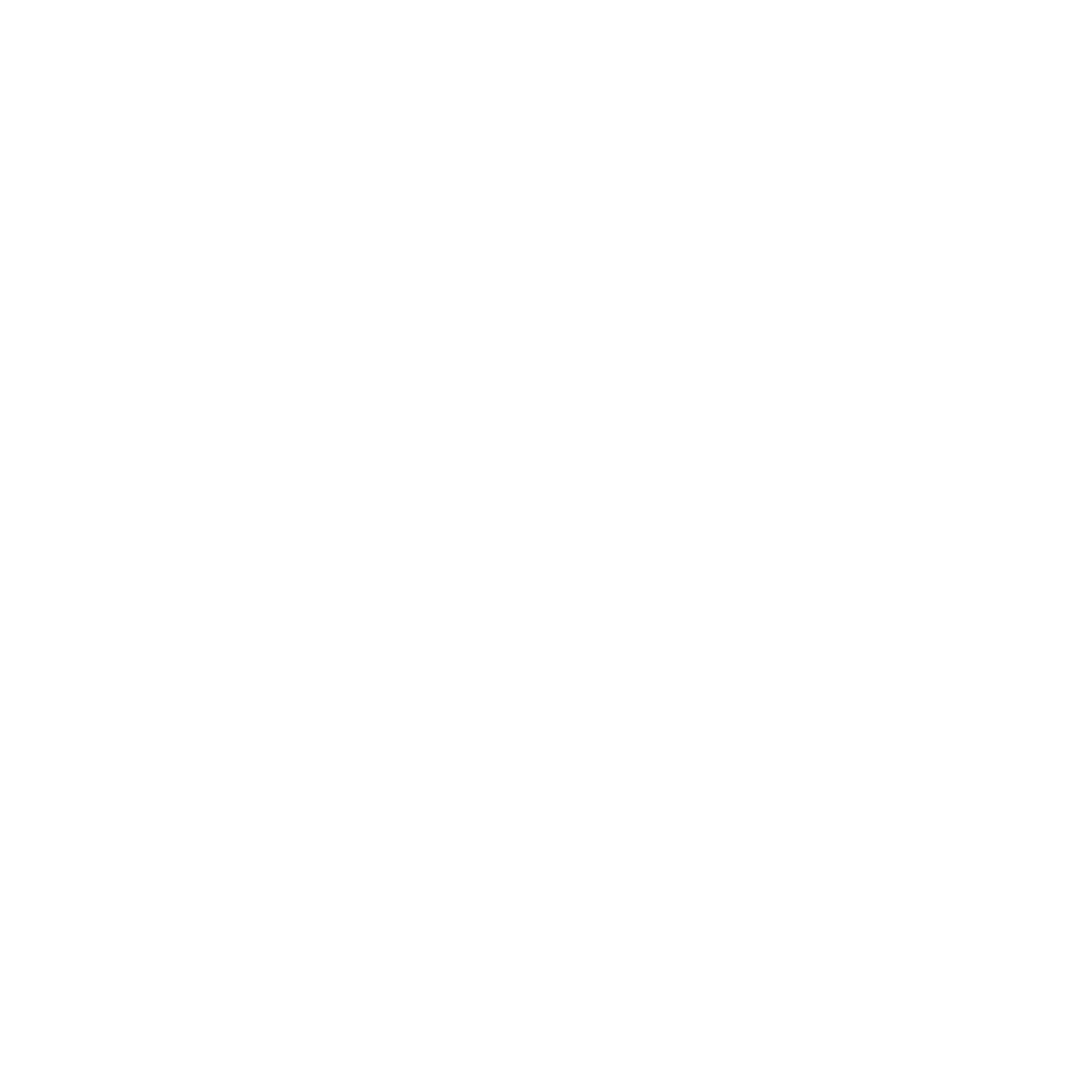
The University of Melbourne library has a large and growing collection of ebooks, which you can access anytime, anywhere.
Most ebooks are easy to use, but finding and accessing them can be confusing. The ebooks in the library come from a large range of sources, with an array of different formats and rules about how they can be used.
The aim of this guide is to help you find and make the most of the thousands of ebooks available to you in our library.
Using ebooks in the university library is different to using ebooks you have bought or ebooks you have borrowed from a public library. The ebooks in the library have various rules applied to them that determine how many users can access the content at any given time, and how you can use the content.
Understanding ebook licences can help you get the most out of ebooks, and to plan ahead when using ebooks that are in high demand.
Where possible, the library purchases the most flexible user licences available. Ebook user licences are set by publishers, and cannot be changed by the library.
Ebooks with limited user licences have restrictions on how many users can access them at one time:
Ebooks with unlimited user licences can be accessed by an unlimited number of users at the same time. There may still be restrictions on how much of the ebook's content can be downloaded and/or printed (see the section below on Digital Rights Management).
In addition to licences that determine how many users can access an ebook, some ebooks have restrictions on how their content can be used.
Digital Rights Management (DRM) is used by ebook providers to limit the amount of downloading, copying or printing you can do, and whether the content you download will be automatically deleted from your device after a set period of time. Ebooks that are provided on the library's large aggregator platforms, such as ProQuest Ebook Central and EBSCO eBooks, generally have DRM restrictions placed on them.
Ebooks that are provided via their own publisher's platform are generally DRM-free, as the publisher owns the rights to the content. DRM-free ebooks have no limitations on downloading, printing or saving their content. Examples of DRM-free ebook platforms include SpringerLink, Taylor & Francis and JSTOR.